There can be a tendency to (falsely) assume that people who aren’t in romantic relationships are “incomplete,” or that they’re lying when they say they’re happy being single.
Some people do want to be in a relationship, but we do single people a disservice when we automatically assume that’s their situation. Especially because it turns out we’ve been wrong about a lot of our societal ideas about singledom and happiness.
“There is a huge misconception that being alone and lonely are the same,” Hebrew University professor Elyakim Kislev, whose past research uncovered the benefits of single living, previously told HuffPost Canada.
His work matches up with other research that found single women without children — far from the miserable cat lady spinster stereotype we’re so used to — are actually happier and healthier than married moms.
In the spirit of happy singledom, we’ve rounded up some of the historical figures who were happy to be alone.
Greta Garbo
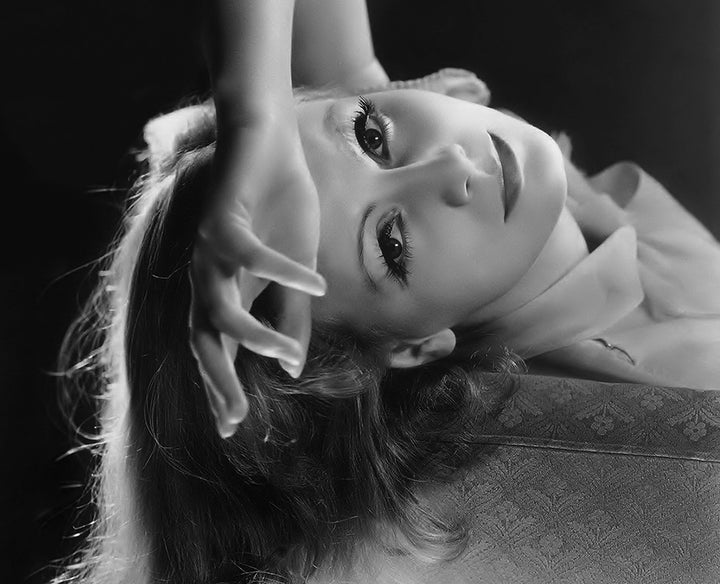
Before Gerwig or Thunberg, the most famous Greta on the planet was a glamorous Swedish actress who had no time or patience for marriage.
In the 1932 film “Grand Hotel,” Garbo’s character famously proclaimed, “I want to be alone,” a quote that was affiliated with her for the rest of her life. She did have several relationships, including a long on-and-off with her frequent co-star John Gilbert. He once proposed to her, but she said no.
“I was in love with him, but I froze,” she later told New York magazine. “I was afraid he would tell me what to do and boss me. I always wanted to be the boss.”
She never married, never had children, and after her death, she left her sizeable estate to her niece.
Jane Austen
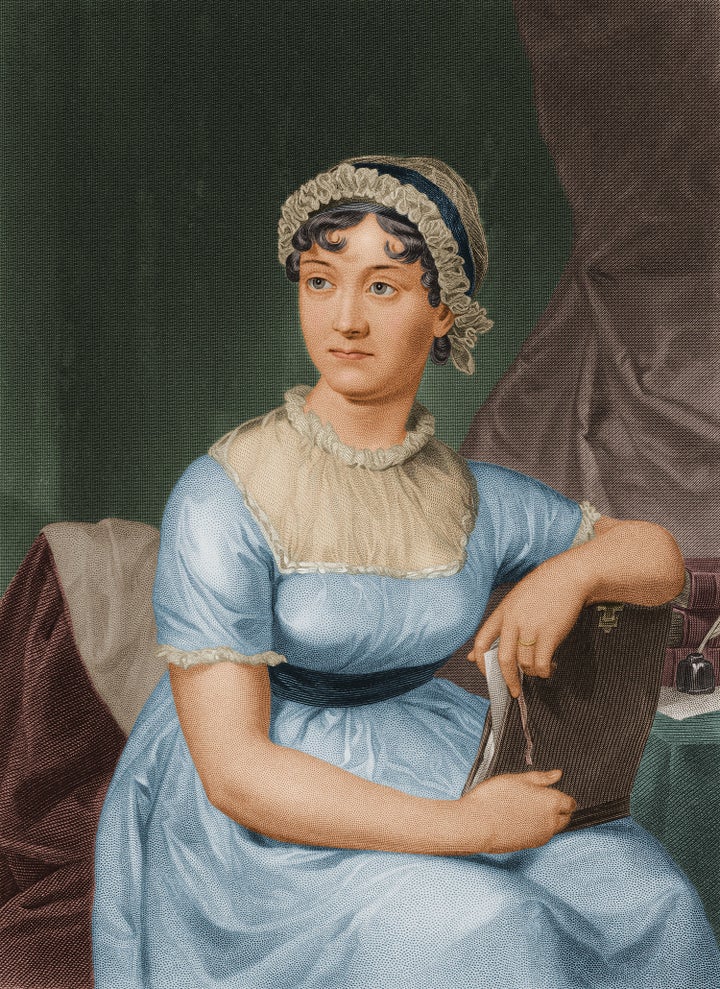
Her books were love stories, yes, but they were also about the way social pressure and financial constraint had the power to either trap women in loveless marriages or doom them to poverty.
Her writing career gave her something few women at the time had access to: enough money of her own to not have to settle. She initially accepted a marriage proposal from an unappealing but rich man named Harris Bigg-Wither, but changed her mind overnight and rejected him the next day.
In a letter she wrote to her niece, Fanny Catherine Knight, later on, Austen cautioned against marrying someone she wasn’t absolutely sure about. Fanny found herself confused by her feelings for her own suitor.
“Anything is to be preferred or endured rather than marrying without affection,” Austen wrote. “If his deficiencies of manner, etc., etc., strike you more than all his good qualities, if you continue to think strongly of them, give him up at once.”
Leonardo da Vinci
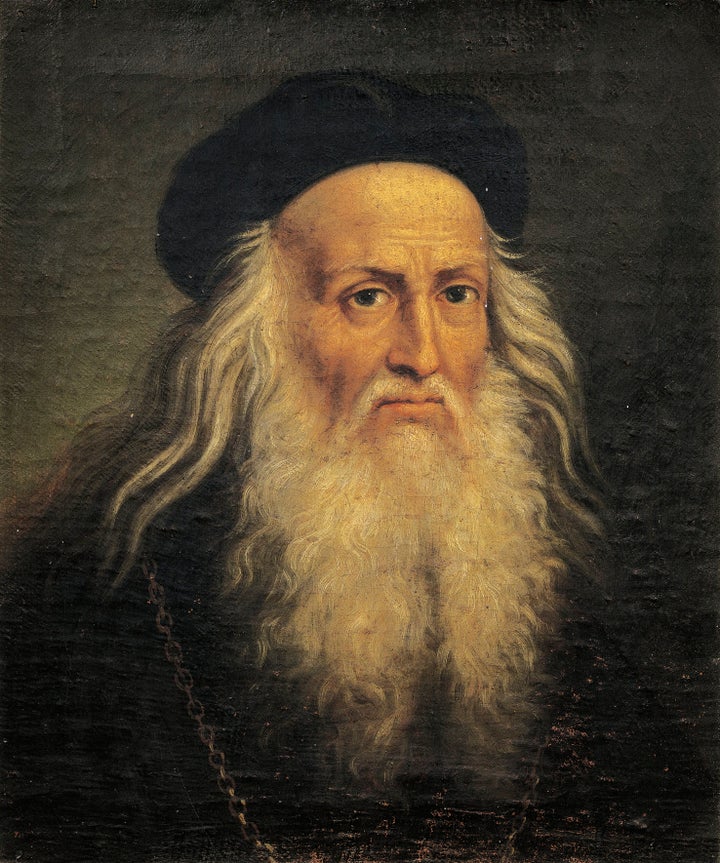
He was an exceedingly talented painter, sculptor, architect, and inventor who also dabbled in science, math, literature, geology, music, astronomy, palaeontology, hydrology, botany, and cartography.
As you can probably imagine, that didn’t leave a whole lot of time for dating.
There’s a ton of speculation about Leonardo’s sexuality. Many historians believe he was gay, although he certainly had emotionally intimate relationships with women. But there’s also a school of thought that believes he was celibate. One of the only references to (heterosexual) sex in the many, many notebooks he left behind expressed disgust at the concept.
Coco Chanel

The iconic designer had many, many love affairs and several significant relationships, but she never married. She was once quoted as saying, “I never wanted to weigh more heavily on a man than a bird.”
Less great: the evidence that she worked as a Nazi spy during the Second World War.
William Lyon Mackenzie King

Canada’s weirdest prime minister never married, but he did get up to lots of other cool stuff, including communicating, via mediums, with his dead dogs. Who has time for romance when you have a beloved deceased pet to catch up with?
Nikola Tesla
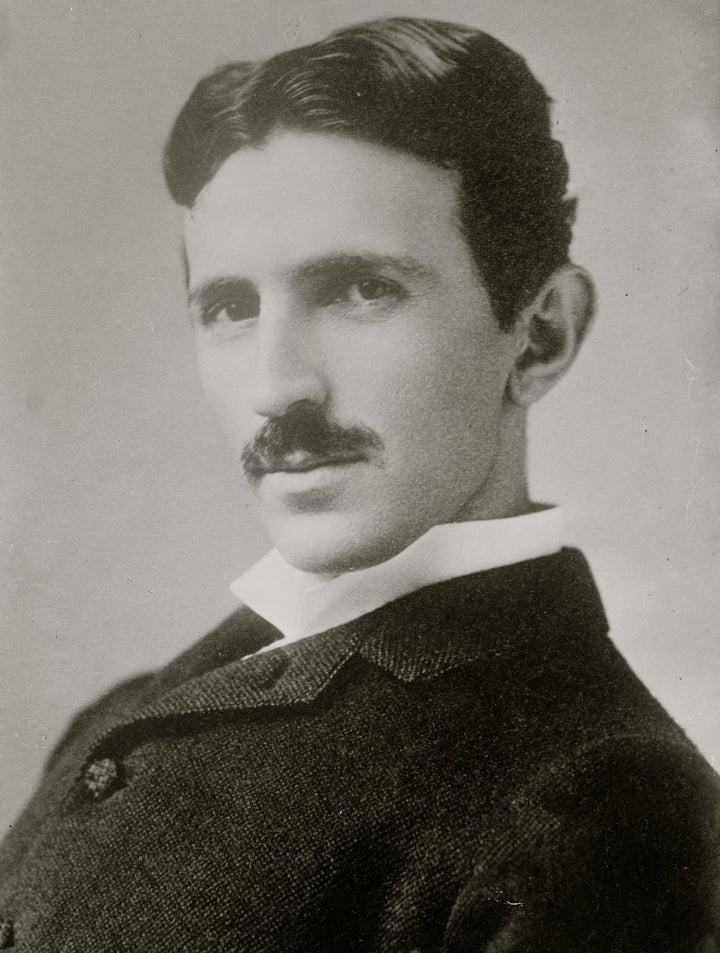
His biographer Marc J. Seifer wrote that despite his sweet moustache, the physicist and inventor was too committed to his work to pursue romance. More than that, he felt that celibacy helped him concentrate better.
According to an article from a Galveston, Texas newspaper uncovered by an engineering blogger, Tesla also had some iffy ideas about women. Initially, he said he could never marry because women were far too good for him. (Sure!) But later, as women gained more rights and freedoms, he was apparently put off by “the woman who thinks that her chief success in life lies in making herself as much as possible like man.” (Booooo.)
Alvin Ailey
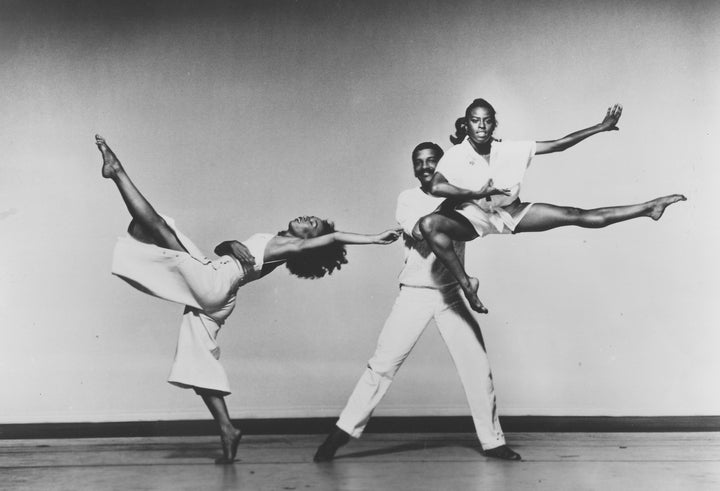
The pioneering modern dancer and choreographer was gay, which couldn’t have been easy growing up in the 1930s, or even when he established the now-legendary Alvin Ailey American Dance Theater in 1958.
He was notoriously private about his personal life, and there’s a lot we don’t know about him, but we do know he took a “my work is my life” approach to what he was doing, forgoing significant relationships to focus on dance.
Queen Elizabeth I
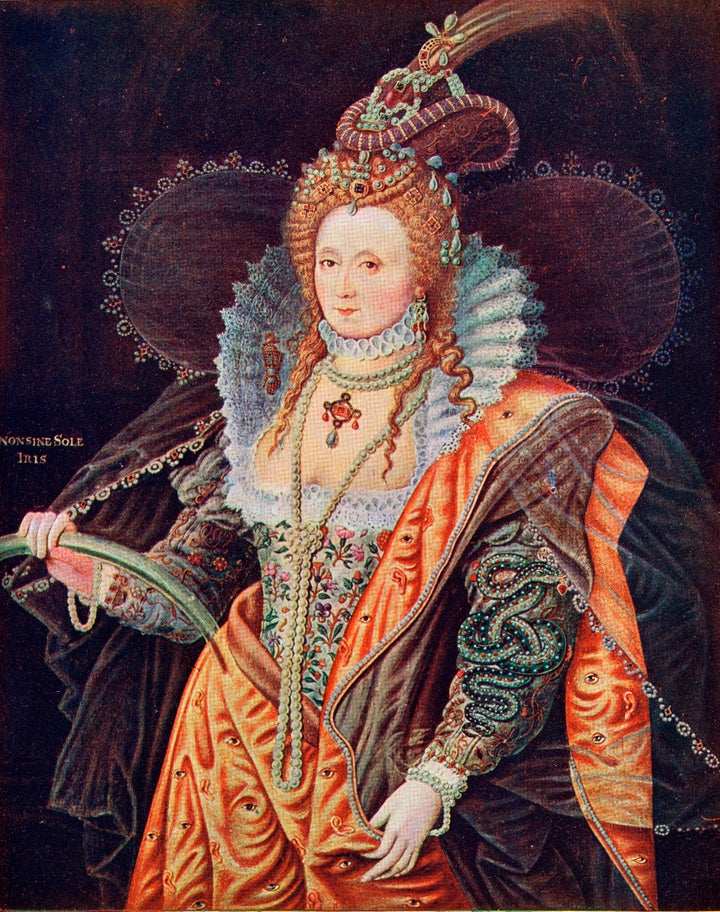
She was famously known as the “Virgin Queen” not because she was literally a virgin — she very likely had sex — but because she remained unattached. She took her responsibilities as queen very seriously, and didn’t want to have to share power or be accused of being swayed by a spouse. “I am already bound unto a husband which is the Kingdom of England,” she once said.
But it wasn’t just her focus on her calling that prevented her from being partnered: by all accounts, she simply didn’t want to get married.
“If I followed the inclination of my nature, it is this,” she once said. “Beggar woman and single, far rather than queen and married.”
Isaac Newton
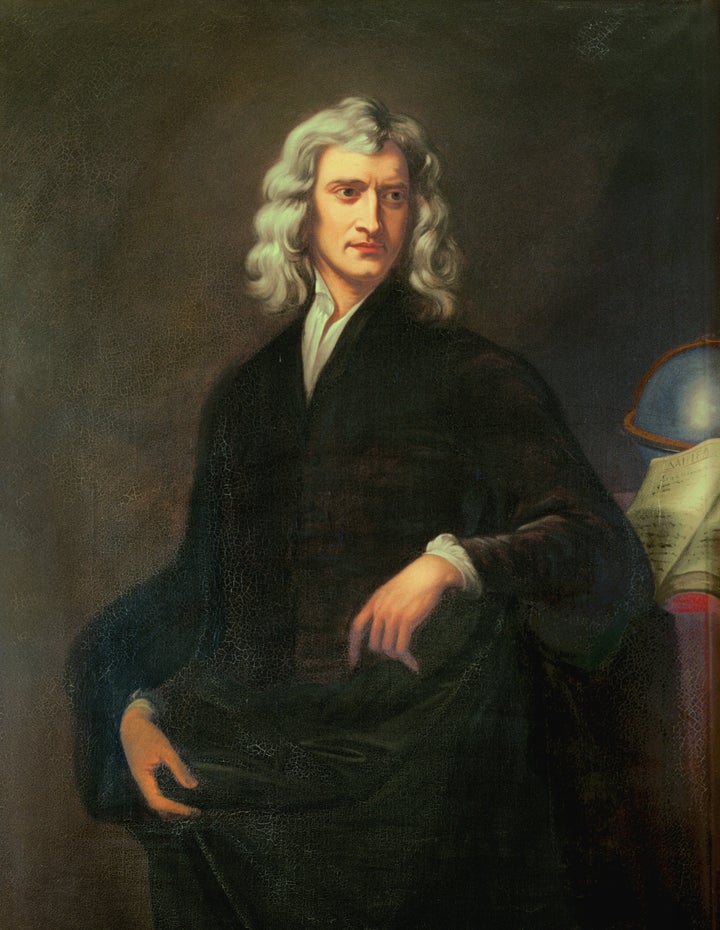
The astronomer and physicist was fiercely introverted, and didn’t seem particularly interested in romance. After his death, his friend Voltaire wrote that, “Sir Isaac, during the long course of years he enjoyed, was never sensible to any passion, was not subject to the common frailties of mankind, nor ever had any commerce with women.”
Mary Cassatt
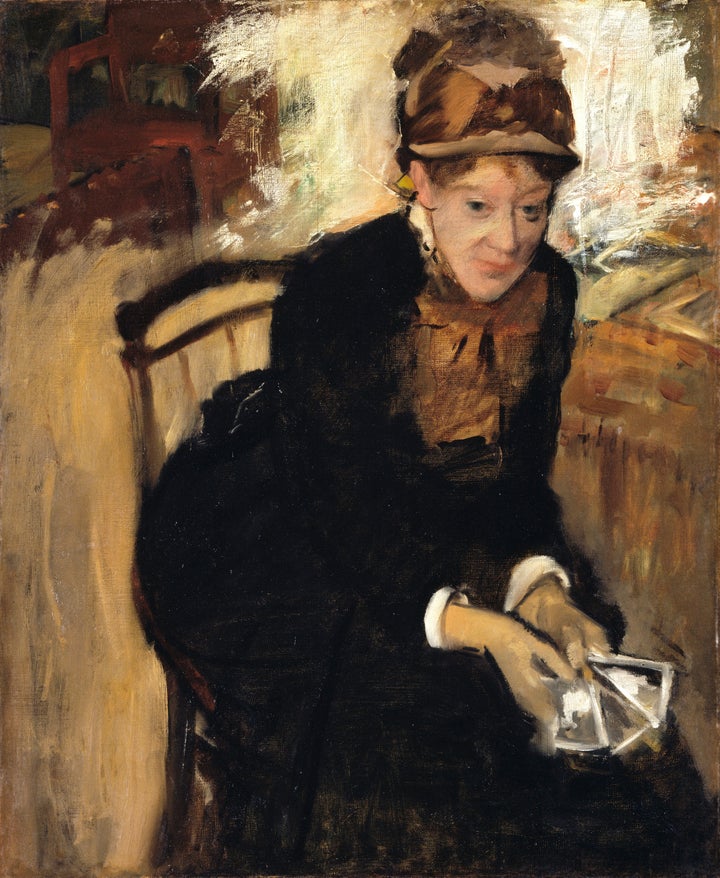
The Impressionist painter enjoyed the freedoms that feminism had given women of her privileged stature by the turn of the 20th century — among them the right to an independent life. She was highly educated and well-travelled, and spoke out about the importance of female suffrage.
Cassatt had a lot of familial love, as she’s maybe best known for her paintings that clearly but unsentimentally depicted the bonds between parents and children. But that love came from her relationships with her nieces and nephews, as she chose not to marry and didn’t have kids herself.
Henry David Thoreau
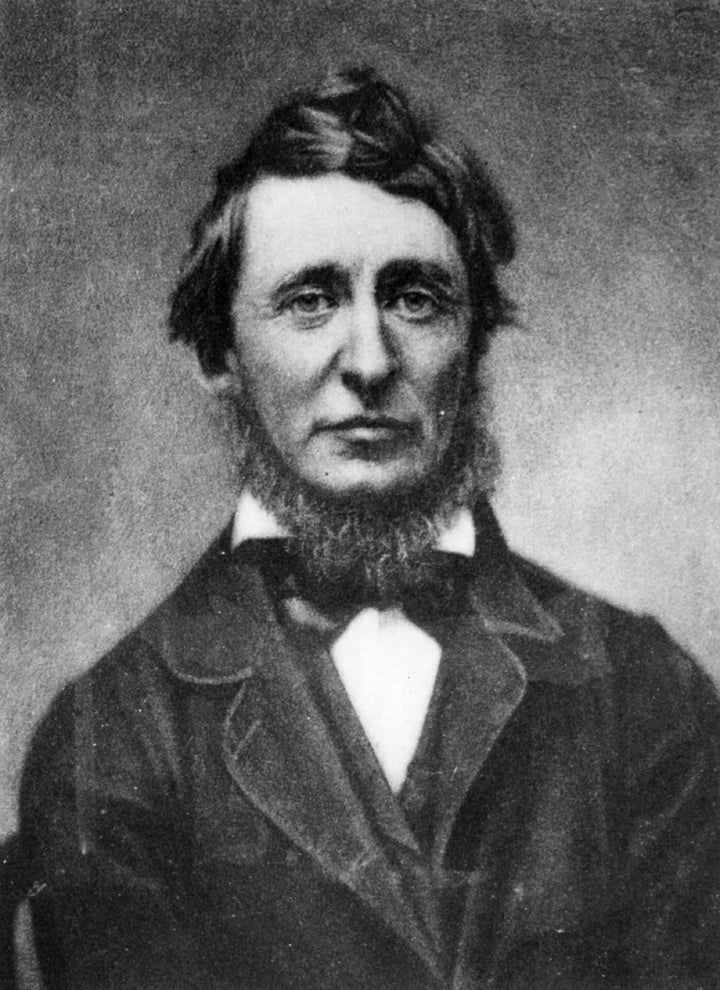
There are a number of possible theories for why the writer never married and didn’t appear to have any significant relationships. Some scholars think he was gay or asexual, and others think he may have felt anxiety over sex because of his strong moral views. Whatever the reason, he opted to remain alone.
Louisa May Alcott
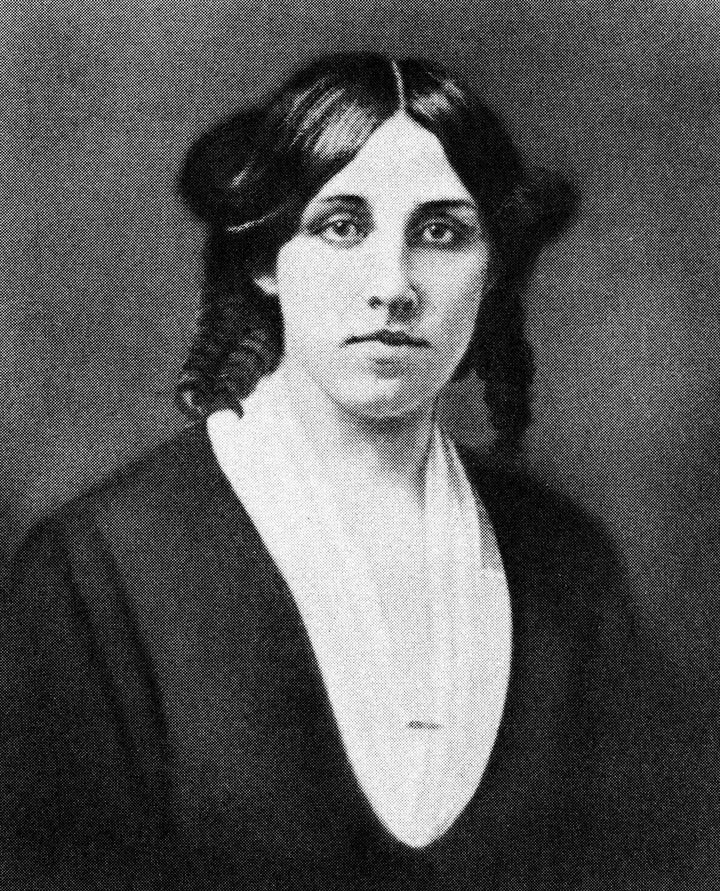
Like Jo in her best-known book “Little Women,” Alcott was independent and concerned with advancing women’s place in the world. But unlike Jo, she never married.
“I’d rather be a free spinster and paddle my own canoe,” she wrote in her journal.
Wilt Chamberlain
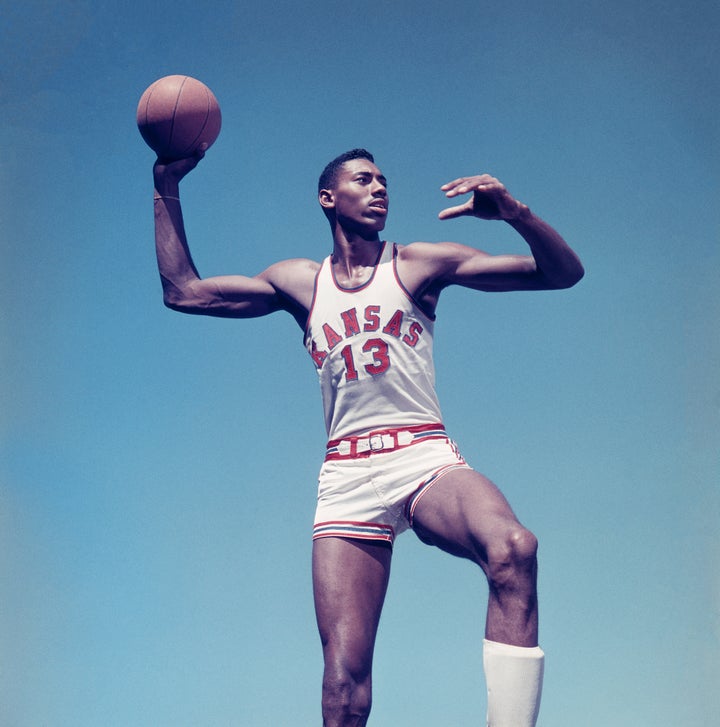
Definitive proof that not marrying does NOT mean you have to live a life of boredom or celibacy: the legendary basketball player claimed to have slept with 20,000 women. He did apparently respect the bonds of marriage enough to avoid married women, though. “I was just doing what was natural — chasing good-looking ladies, whoever they were and wherever they were.”